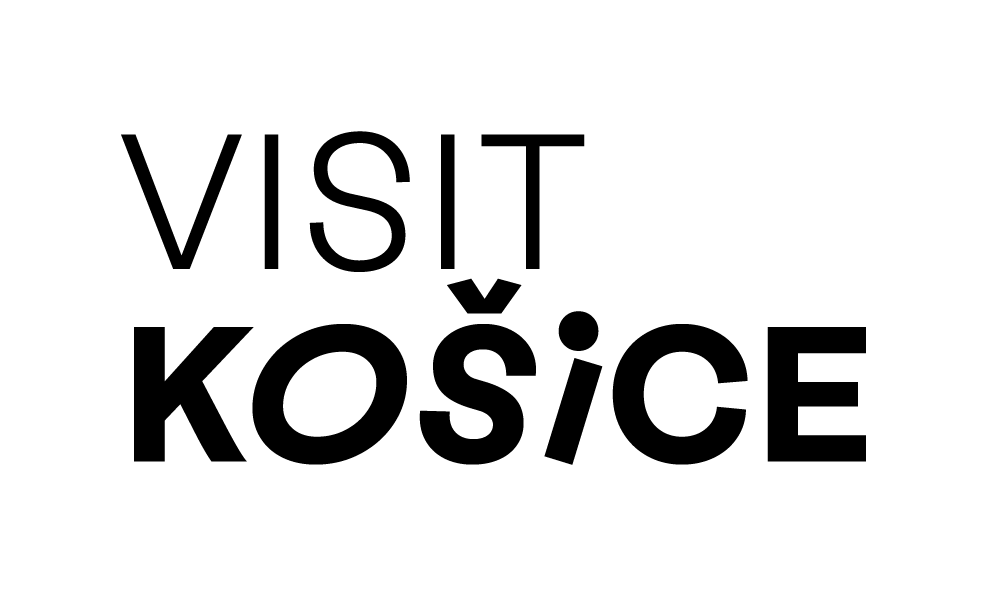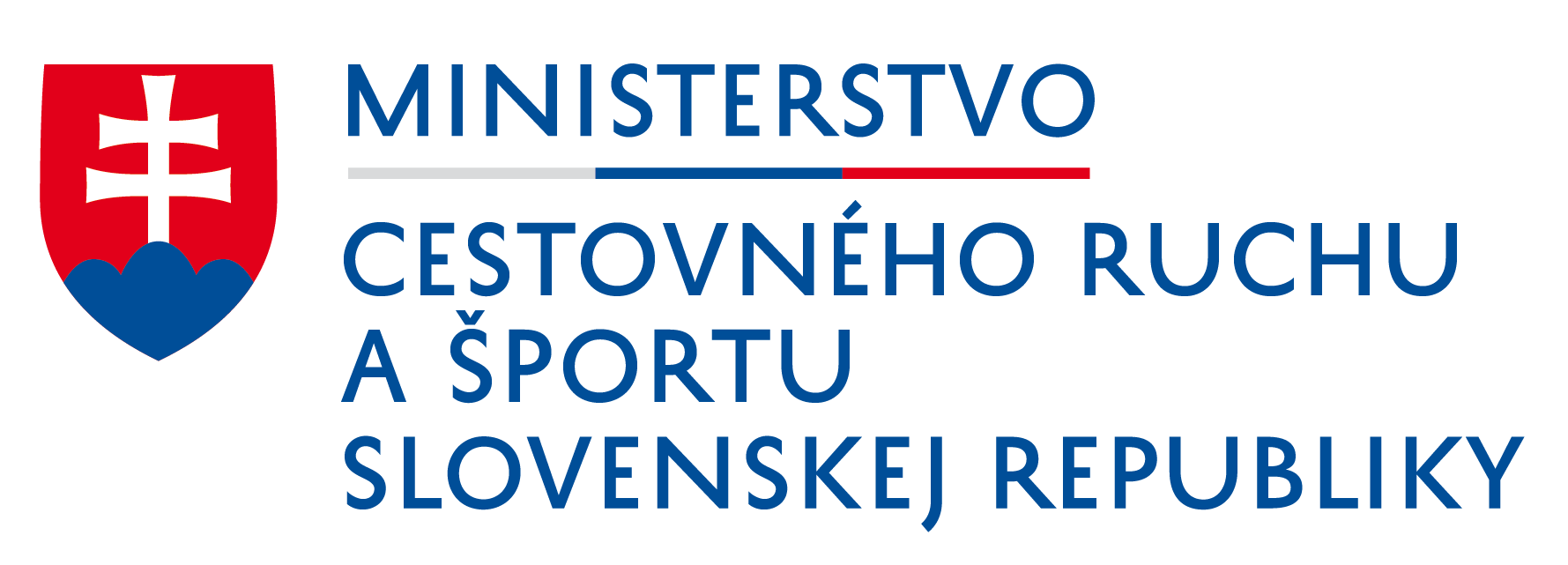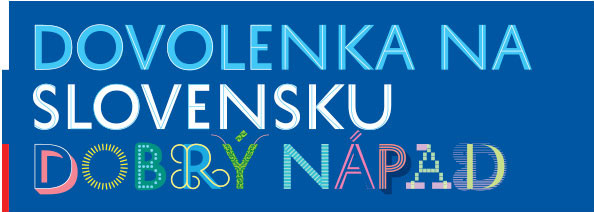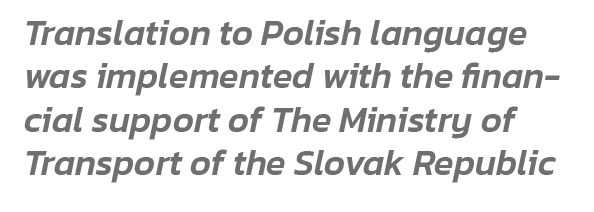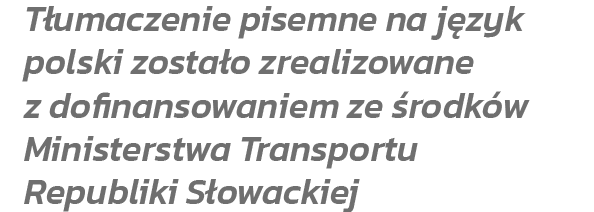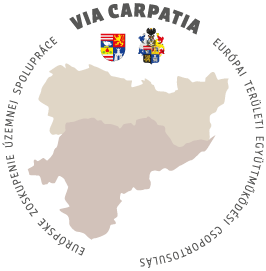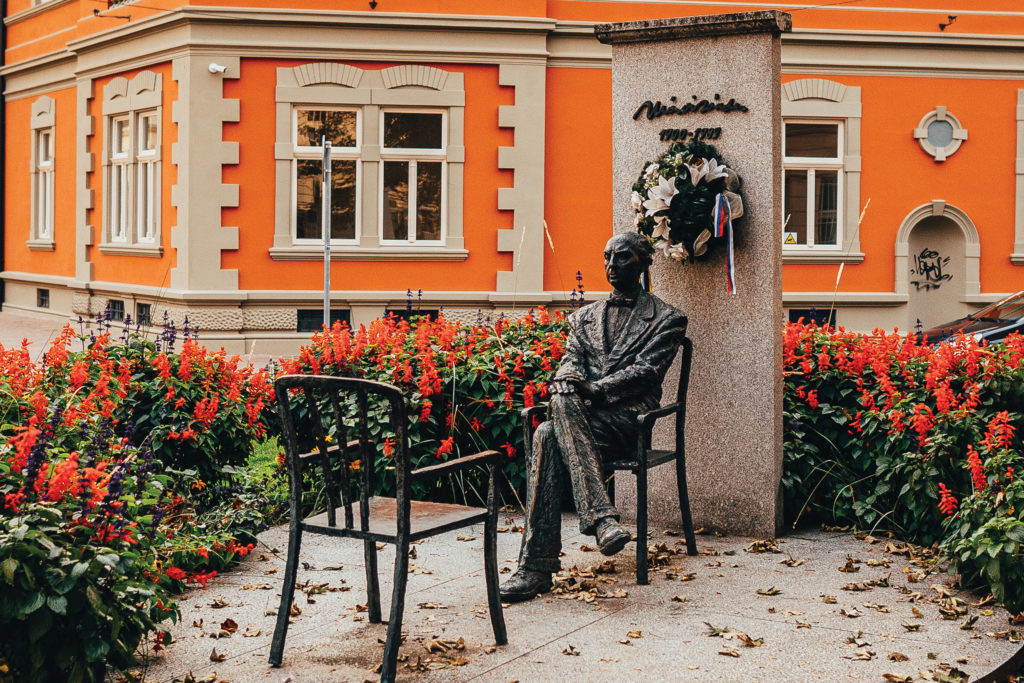
1. Crossing the border comfortably
Direct train connection
One of Sándor Márai’s daydreams included the possibility of a quick transfer from Budapest to Košice and back. We are fulfilling this dream today and you will join us. And him. Currently, Košice and Budapest (with several stops) is connected by excellent transport accessibility by train every two hours. Cross the border of these two beautiful countries, which are also connected by Sándor. Step into his world and accept the invitation beyond the human personality for which Márai himself became famous. The famous Košice citizen – writer, humanist and opponent of any totalitarianism, Sándor Márai was on the list of banned persons of the communists, he hated them as much as the fascists. He did not want any of his books to be published in Hungary until the last Soviet soldier left the country. He didn’t live to see it. A world citizen and a soulful local patriot, he ended his life in 1989 in voluntary exile in San Diego. His ashes were scattered in the Pacific Ocean.
You may find the train connection HERE.

2. Entering the living room of a famous writer
Memorial exhibition of Košice, exhibit of the Slovak National Museum
What a privilege, enjoying the chance of entering the living room and reading the master! The memorial exhibition of the writer Sándor Márai is a dignified representation of his life and work. The exhibition is primarily biographical. The author himself will guide you with his quotes, which chronologically and thematically present his life and work. The texts are accompanied by various photographs, portraits, documents, and book volumes. The furniture used for the exhibition equipment is original. The exhibition also includes a presentation by the writer’s wife, Lola, who was standing by his side for over six decades, having in every case been the first reader of Márai’s works and supported her husband’s work throughout her life. The lady’s cupboard of 1838 comes from her family. Film director Géza Radványi, the writer’s younger brother, is also present at the exhibition: through valuable sound recordings you may hear his stories of Košice, their family house or school, and there are also previews from some of his films. With the help of various technical devices, you may peep into Košice of the period, the writer’s family members, and listen to the sounds of Sándor Márai, Lola and Géza Radványi.
3. Join Sándor Márai in the park
Sándor Márai – in a conversation with Sándor, a statue where you may sit down with
Where else would you have the chance to sit down in person with the master of the word, if not in Košice? Sándor Márai is sitting down and literally invites one to a personal talk with him near his parents’ house at Mäsiarska Street, where he now has his memorial room. He writes about the house in the book Košická Pochôdzka (Walking in Košice), and as part of your walk, sit down for a while and listen to how he recalls his beloved Košice with love and pride unconcealed. Sándor Márai is sitting thoughtfully, his legs crossed, his hands resting on his knees, in an armchair. He is looking straight into the face of the person who is sitting in the empty chair opposite. For all his life, he was deeply interested in the fates of people, society, Europe, and the world. He was having an endless dialogue with his neighbourhood, but also with himself. “The empty chair opposite is an offer to stop by, take a seat, ask questions, and look for answers,” explains Péter Gáspár, the author of the winning design, the head of the Figural Sculpture Studio of the Academy of Arts in Banská Bystrica.
4. Taking a walk in the exterior gallery
Košice promenade: The atmosphere of the Main Street
Put on your fancy dress and take a walk with Sándor Márai, accept the invitation to observe with him the class division of the Košice promenade. At the turn of the 19th and 20th centuries, Košice was also changing following the then economic and social changes. The city was gradually becoming a modern headquarters, horse-drawn carriages were being replacing by new cars with trams being added and life in the city was accelerating. Newly established cinemas, theatres, restaurants, and cafes offered social enjoyment not just for the local population, but also for visitors. The growing young generation, which did not have access to taverns, had the same need to integrate socially into the vibrant urban organism. The area from St. Elizabeth Dome to Andrássy’s Palace was an important place to meeting and dating (not just) young people; it was called a prom. Walks along Main Street took place at a slow pace – the promenaders wanted to see and especially to be seen. It was a unique opportunity to make new friendships, but also to cultivate existing relationships. They were meeting acquaintances here, got to know each other informally and debated everything in small groups., including the prom over the years. On the eastern side of the promenade, the Košice elite was meeting, which was probably related to the fact that there were several elegant businesses – Royal (now Slávia), Andrássy’s Cafe or Levoča House, where one could pop in after the walk. Soldiers, tradesmen and maids with pigtails preferred the western side. Smaller groups or young couples looking for more privacy slowly moved to the less busy streets of the old town. The promenades ended around eight o’clock, when mainly young people returned home. The debates continued the next day. The promenades became so important in the life of the city that a person not attending the promenades was not considered existing. The famous Košice writer Sándor Márai also described the class division of the Košice promenade in his work The Confession of a Citizen as follows:
“People walk on both sides of the Main Street on the Košice prom in such a way that the eastern side belongs to the intelligent elements, the western side to the lower popular class. Unprecedented perverse conditions on the western side – on the so-called military prom – are the subject of constant complaints. A better-behaving person avoids the crowd gathered here in the afternoon or on a major holiday, because the conversation that takes place there is downright obscene. “Ladies” and “gentlemen” do not care if someone hears them or not, they address each other with expressions that may be acceptable among cannibals, but are unacceptable in the centre of an intelligent city.”
After the war, however, the situation was completely different. The times of the first Republic following the social traditions of the imperial-royal monarchy were definitely over. Of course, the people’s desire for meeting each other did not cease – the promenades did continue after the war, but without the rules that had been obeyed before. The tradition of the famous Košice promenade disappeared during the socialist era, to which the confiscation of the houses of the old Košice natives and their leaving the city as well as the overall social changes contributed.
5. Drinking up a pint in a Renaissance brewery
Levoča House – the first beer after returning from Hungary (Hostinec (Tavern) Brewery 1542 – present)
There is no building in the city that knows the history of the Hungarian people better than the Levoča House. Merchants of Levoča and later visitors to the town were meeting here, the first post office in Košice, the first Košice book printing house and also a major Košice brewery were located here. Košice was involved in the first regular postal service established in Hungary in 1558. The beer reunion is a place to say it all, don’t you think? The walls of the Levoča House are overflowing with secrets and important events. After all, the construction of this building dates back to the 1480s. The Levoča House is also known for the fact that it houses the oldest tavern with non-stop operation in Slovakia. It is one of the oldest restaurants in the world. At present, there is a restaurant brewery Hostinec (Tavern) with a modern design combined with Gothic. The newly renovated restaurant is dominated by the heart of the brewery – a three-vessel brewery with a copper design and a volume of 5 hl. The fermenting cellars and lying cellars are managed by twelve 10-hl CK tanks laid in a medieval cellar. The Levoča House underwent major reconstruction, which is also documented by the Renaissance courtyard arcades. If you are interested in the history of the Levoča House, then definitely do not miss a visit to the Hostinec (tAVERN), where you may enjoy quality golden beer, you may also view the panels on the history of the Levoča House with an abundant collection of pictures.
6. Having a picnic by the oldest hotel
Walks and favourite sites: Bankov
The magic of a picnic in the Bankov hotel surrounded by a romantic legend and a miracle is something you can’t miss. Beautiful Lujza rendered Bankov an exceptional imprint of her personality. Hotel Bankov is the oldest permanently existing hotel in Slovakia, thanks to its continuous history in providing accommodation and hospitality services since 1869. Lujza Kraft was the daughter of military official Alojz Kraft and the wife of Július Éder, the city’s chief notary and deputy burgomaster. Alojz Kraft, as an active member of the “Bankov’s Beautifying Association”, was the first to have a private summer house built in Bankov in 1889, which he named Vila Lujza. It stood next to the hotel until 1993, when it was rehabilitated and the current Relax Centre of the Bankov Hotel was built in its place. Messrs. Kraft and Éder captured and modified a water spring on the slope in front of the hotel and, inspired by the beauty of this beloved woman, called it “Lujza Forras”. As the water spring dried up due to mining activities and the villa had to be rehabilitated, the name of today’s restaurant is a symbolic continuation of the spirit of the beautiful Lujza. And an old legend about this site says that the name of the hotel and the whole site is derived from a pilgrim named Bankó, whom the local mineral water helped to cure his eyesight in 1630. The place near the springs became a popular place of pilgrimage, where in 1765 the Holy Cross Chapel was built.
6. Walking the riverbed dry-shod
Walks and favourite sites: Hornád Embankment (original riverbed, now Štefánikova Street)
If Sándor Márai could, he would undoubtedly return the old gems, the water to the Mill Raceway, and revive the Hornád embankment. Cross the riverbed without touching the water. Treat yourself to a walk along the current length of Mlynský náhon, which is approximately 5.5 km long. The Mill Raceway is a technical monument and the oldest engineering work in Košice, which was built in the 15th century. It was either an artificially created watercourse, which was a branch of the Hornád River, or a modified meander of the branch of the river. It was named after a former watermill. So far, the oldest known drawing depicting the Mill Raceway is a drawing made for the Imperial General Eneas Capraro by an unknown French engineer during the siege of Košice in 1685. The Mill Raceway was running beyond the city walls. Mills were built on it, in which not just flour could be ground. They could also convert water power into other energy. Water turbines were also built here in the 19th century. In 1900, up to 15 bridges crossed the raceway. In 1968, however, the water on Rašínova Street (now Štefánikova Street) was pumped out and replaced by a four-lane road, thus removing the water area from the city centre. The city was thus deprived of the most beautiful and impressive part of Mill Raceway, also called Košice Venice. Its partial restoration took place in the 1980s.






